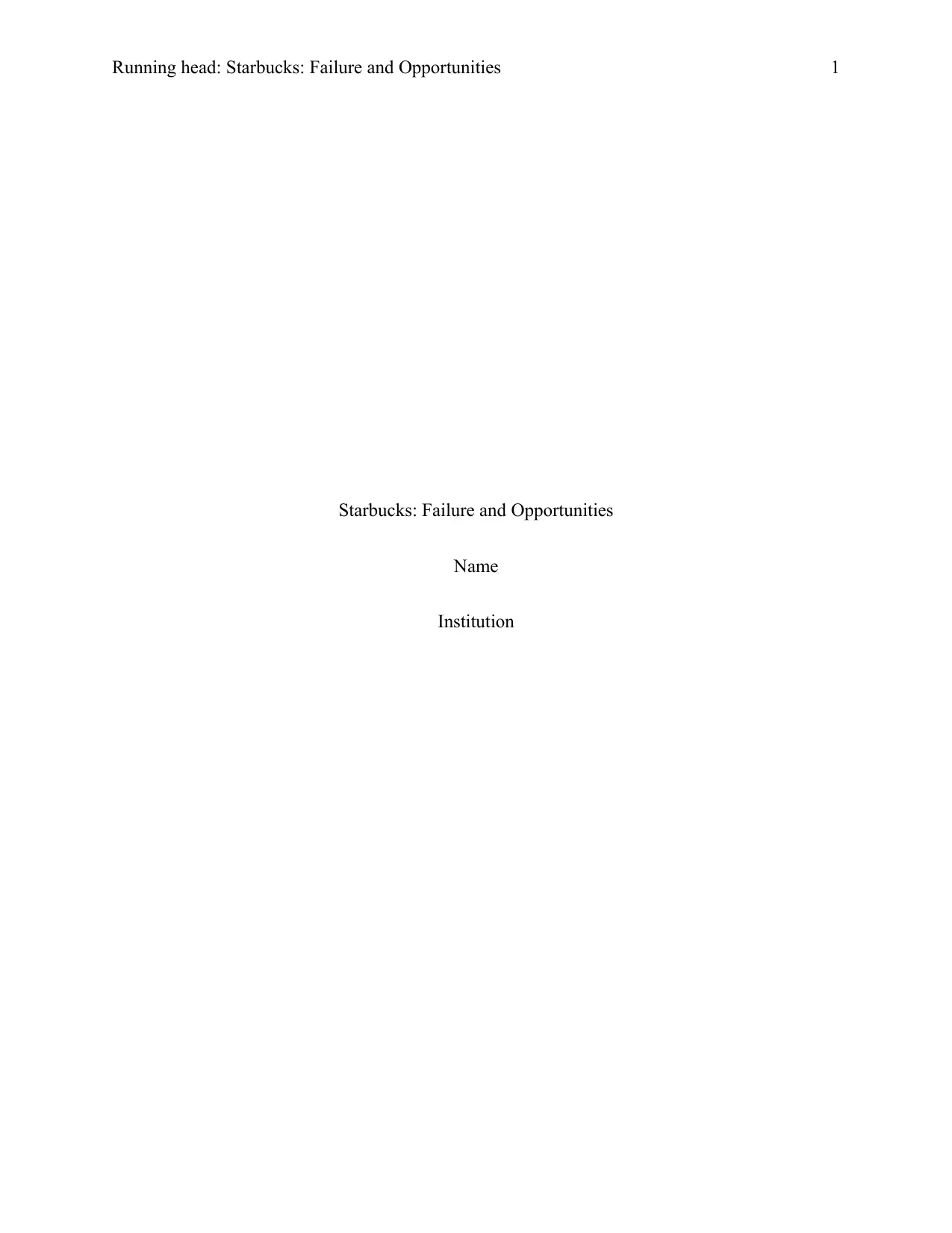Starbucks Australia: Failure and Opportunities Analysis
VerifiedAdded on 2022/09/26
|4
|653
|27
Case Study
AI Summary
This case study examines the failure of Starbucks in the Australian market, highlighting the factors that contributed to its lack of success. Despite Australia's strong coffee culture, Starbucks struggled to gain traction due to its aggressive expansion strategy, failure to adapt to local preferences, and insufficient marketing efforts. The study analyzes how the company's business model, including product pricing and advertising, failed to resonate with Australian consumers. It also explores the importance of understanding the local café culture and competitive landscape. The case concludes by suggesting opportunities for Starbucks to re-enter the market with a more tailored approach, focusing on strategic planning and cultural sensitivity to achieve success. The analysis emphasizes the significance of globalization while acknowledging the need to respect and understand the local culture to succeed.
1 out of 4











![[object Object]](/_next/static/media/star-bottom.7253800d.svg)